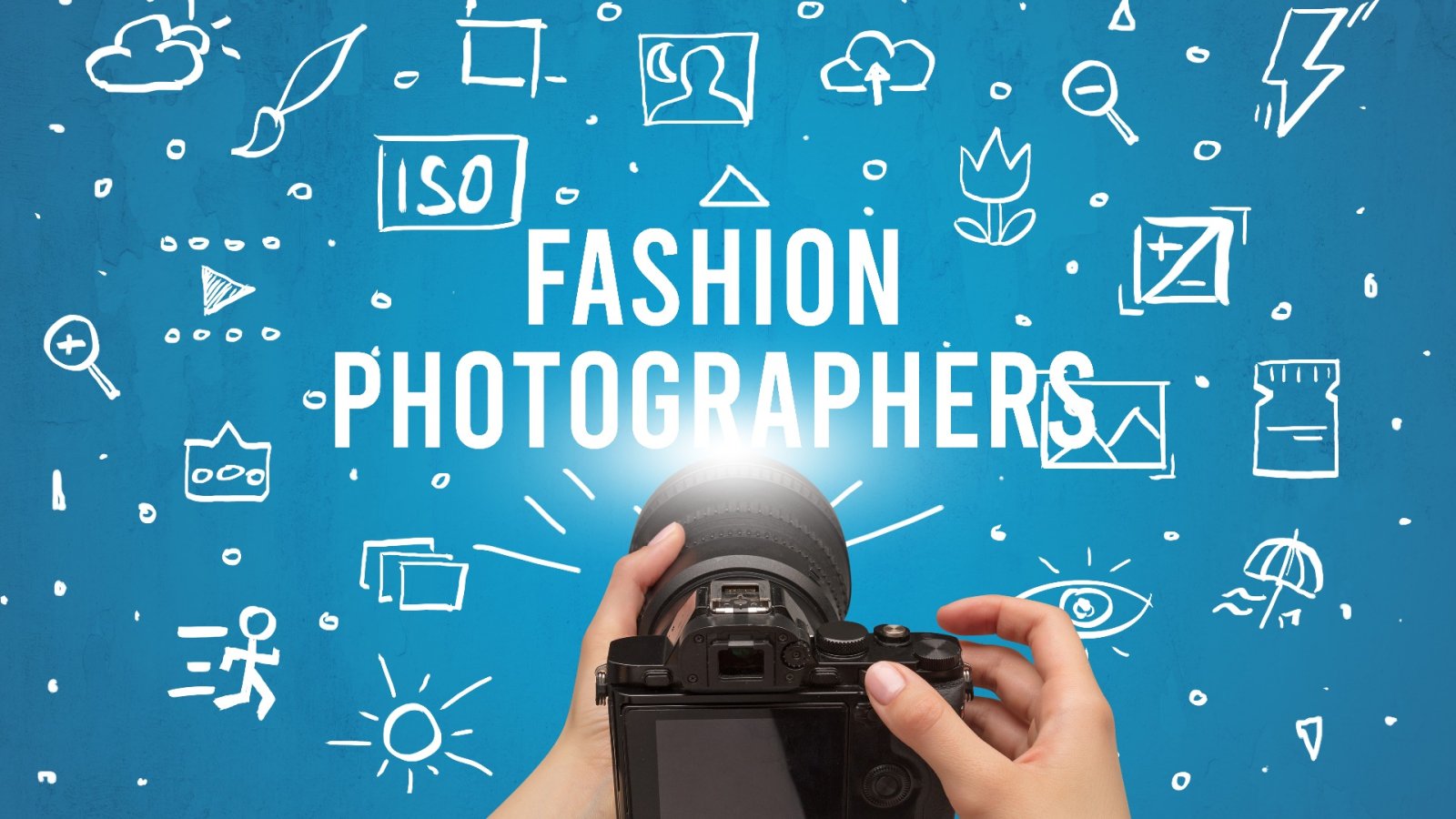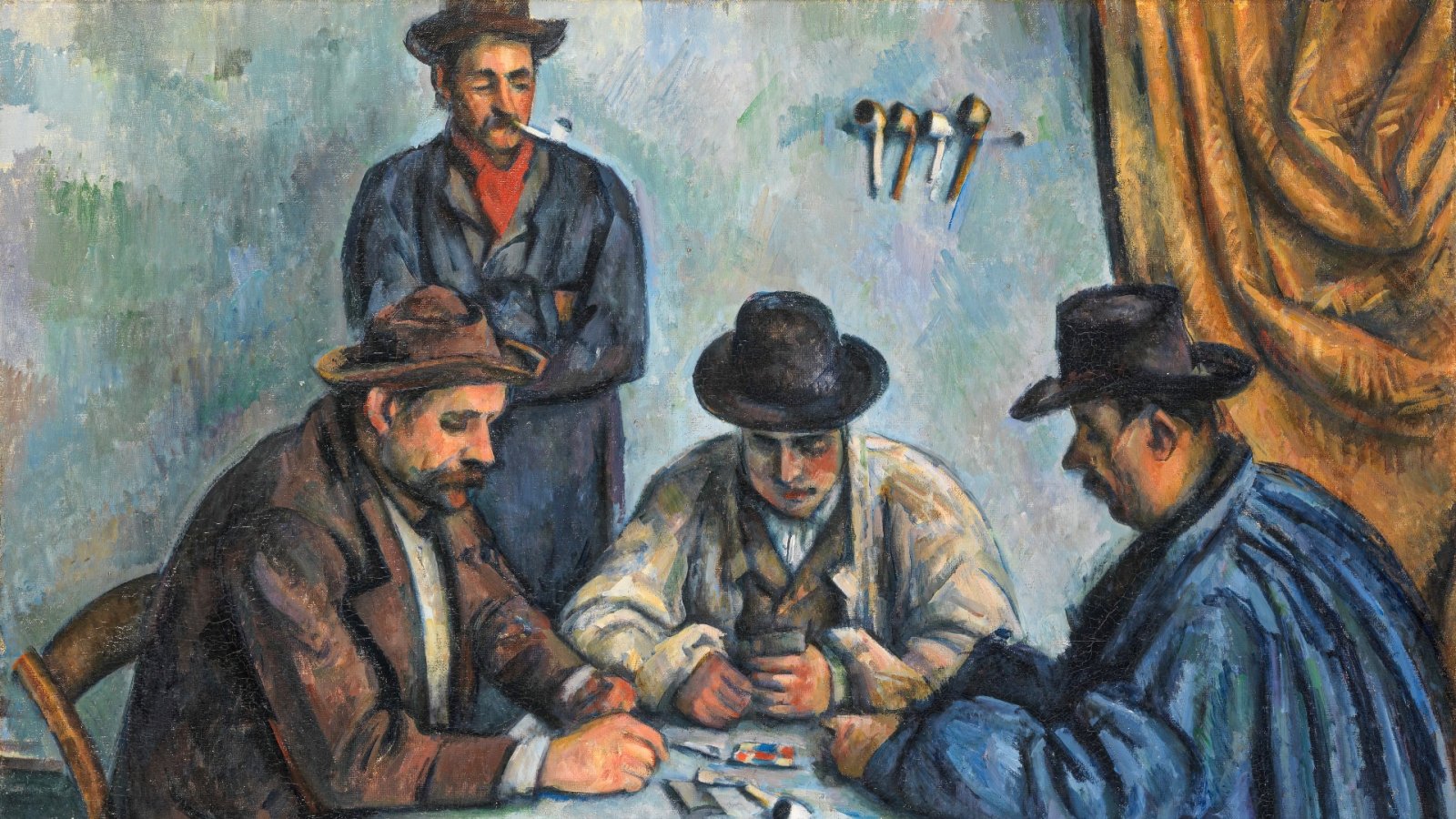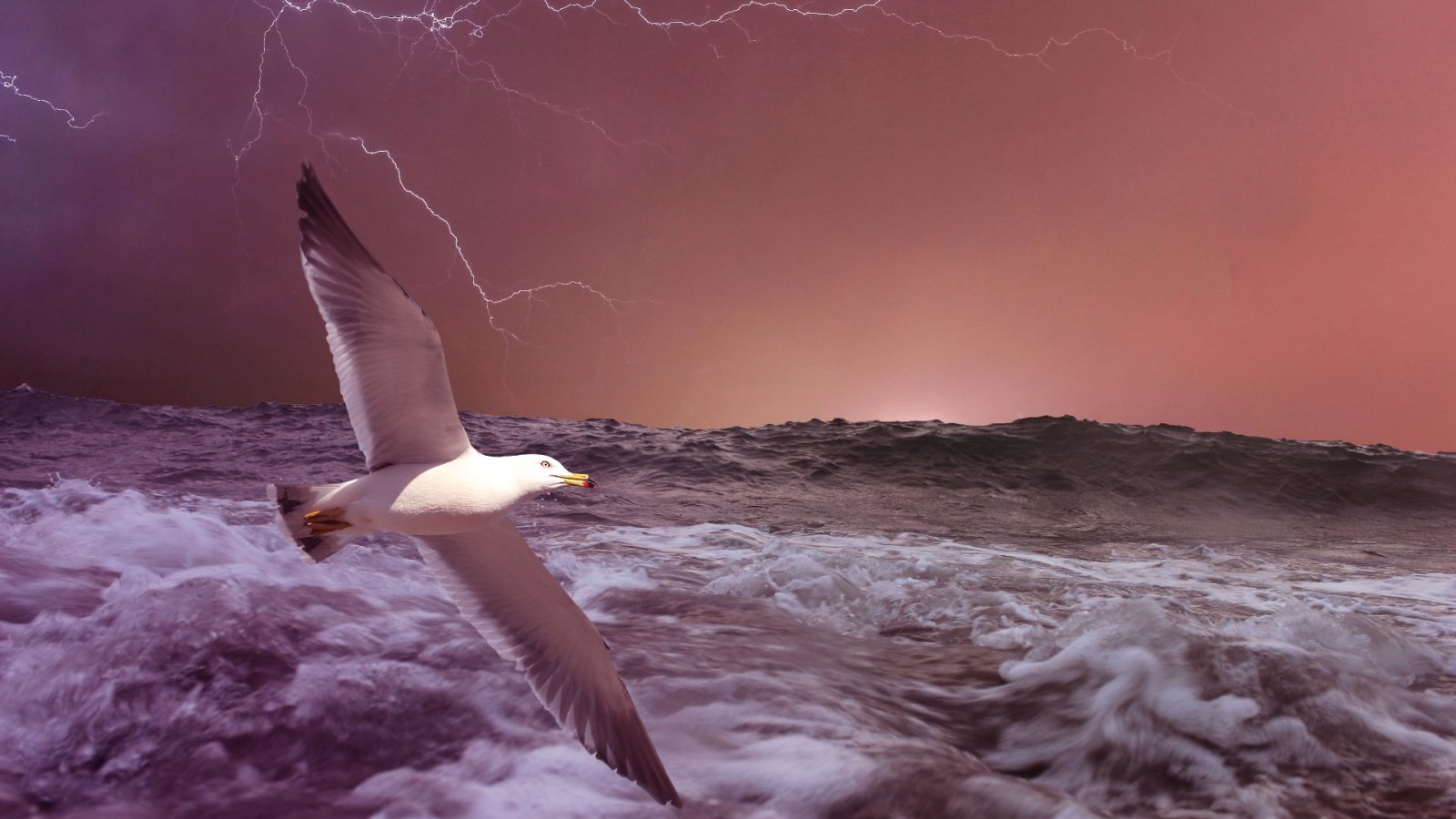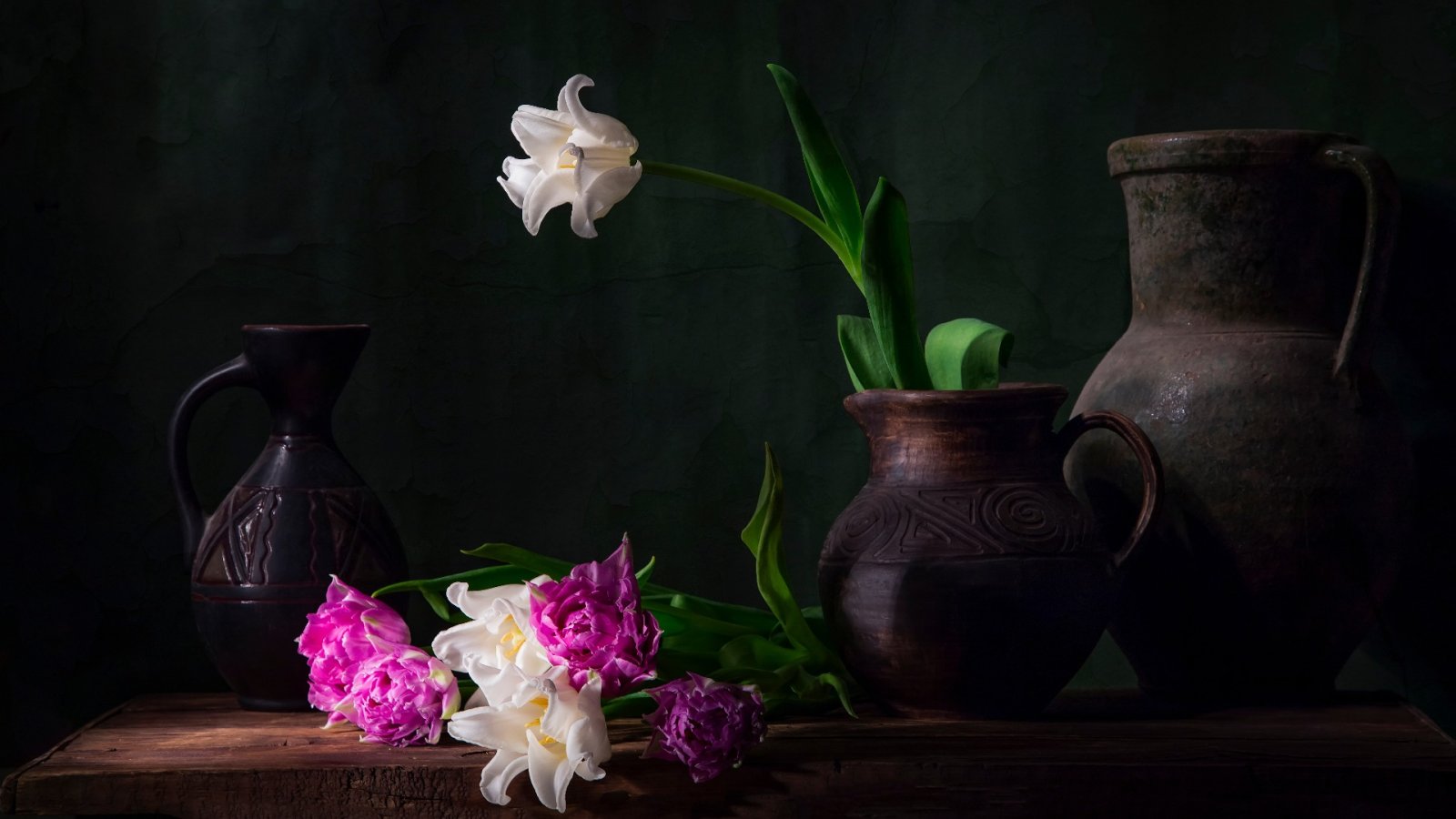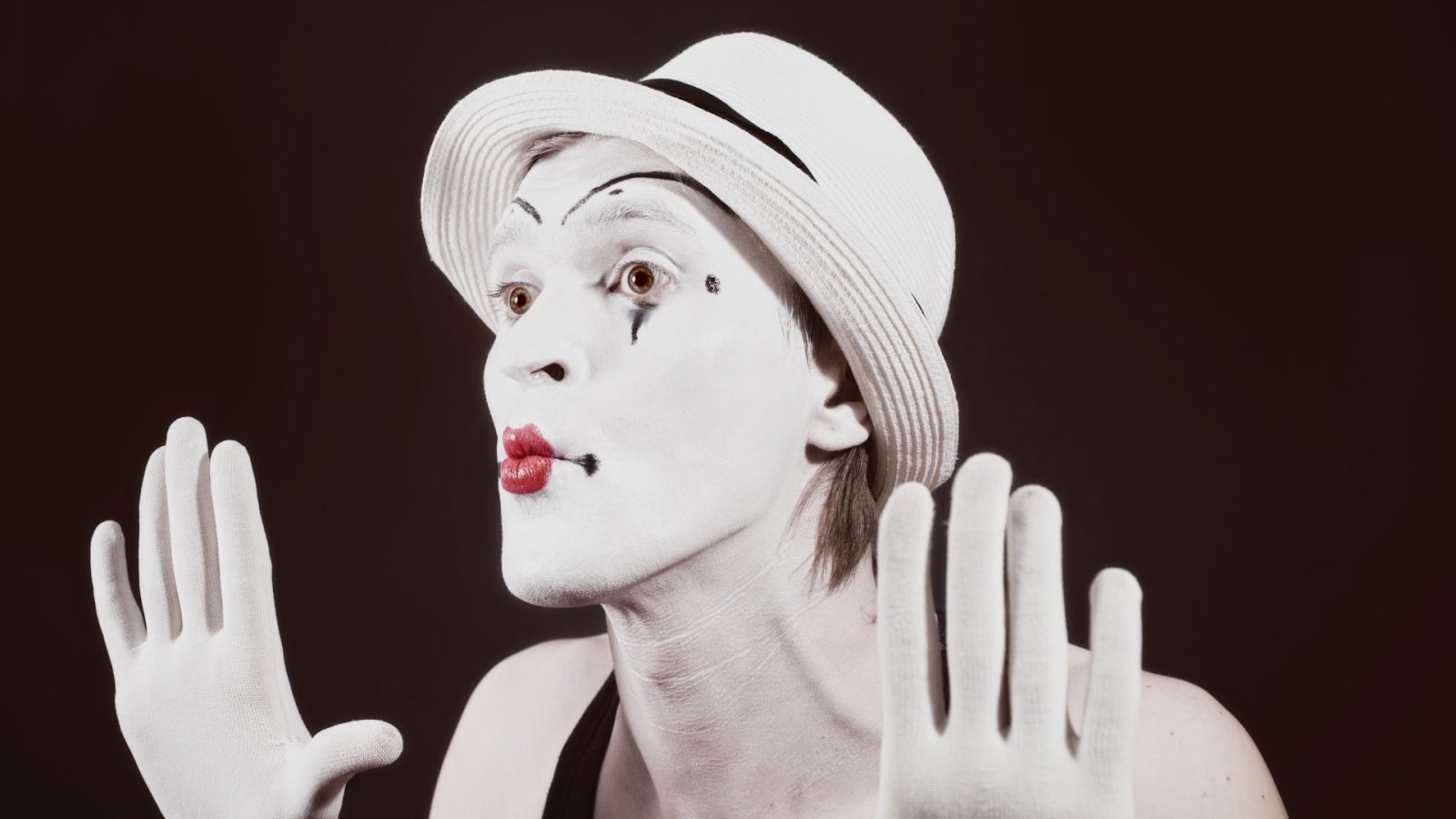The early French Surrealists were fascinated by the subconscious mind. They saw women as sources of artistic inspiration, though few saw them as artists in their own right initially. Women were not involved in founding the Surrealist movement when poet André Breton published the Surrealist Manifesto in 1924, which defined Surrealism as using automatic writing and dream interpretation to access subconscious thoughts freely.
However, it was inevitable that women would be drawn to Surrealism and its revolutionary ideals of questioning rationality and blending reality with imagination. Some women engaged with Surrealism through relationships with male Surrealists, while others discovered it independently. As international Surrealist exhibitions spread the movement, more women abroad also encountered Surrealism.
Within a few short years, women had become active participants in Surrealism. They showed their paintings, photographs, collages, sculptures, and fashion designs in group Surrealist exhibitions. Leading Surrealists also wrote introductions for catalogs of women's solo art shows, welcoming them into the inner circle.
Meret Oppenheim
Meret Oppenheim had a unique ability to take everyday items and imbue them with bizarre otherworldliness through simple transformations. She crafted a gold ring set with a sparkling white sugar cube instead of a gemstone. In "My Nurse" from 1936–37, she arranged two high-heeled shoes on a platter like roasted poultry, their legs tied with twine. Most famously, she lined a teacup, saucer, and spoon in fur for her piece "Object" from 1936, which has become one of the most iconic Surrealist sculptures.
Oppenheim joined the Surrealist circle after relocating from Basel to Paris in 1932, where she became acquainted with figures like Man Ray. She worked in assemblage, painting, furniture design, and more, some collaborating with Elsa Schiaparelli. While Oppenheim demonstrated Surrealism's ability to upend rational expectations, she disliked restrictive labels for her multifaceted creative practice.
Dora Maar
Dora Maar never identified the strangely beautiful creature appearing in one of her best-known photographs, "Père Ubu" from 1936. It epitomizes her fusion of the strange and beautiful, though some speculate it depicts an armadillo fetus. "Père Ubu" was featured in three of the six Surrealist exhibitions Maar participated in during the 1930s.
While also pursuing commercial photography, Maar moved into Surrealist circles. She studied with Jacqueline Lamba at the Union Centrale des Arts Décoratifs in Paris and befriended photographers like Man Ray and Lee Miller. In her studio, she photographed figures such as Meret Oppenheim and Frida Kahlo. She was also Pablo Picasso's lover and muse for nearly a decade.
Leonor Fini
Leonor Fini was drawn to themes of metamorphosis, fluidity, and ambiguity, often depicting hybrid human/animal figures like sphinxes. In "The Shepherdess of the Sphinxes" from 1941, she painted fantastical creatures that were half-woman, half-lion being led by an oversized Amazon with a mane of hair - combining hyper-realism with pure fantasy.
Fini used her own body and wardrobe creatively, dressing in elaborate costumes and intentionally torn clothes that she had Dora Maar and Lee Miller photograph. While her style resonated with Surrealism's exploration of hidden connections, she did not fully identify as a Surrealist due to the movement's male-dominated attitudes. The openly bisexual Fini disliked Breton's chauvinism and homophobia.
Rita Kernn-Larsen
Rita Kernn-Larsen was one of the few women actively involved in the international Surrealist movement during its height. Born in Denmark, she was part of the Danish Surrealist circle in the 1930s and exhibited paintings saturated with memory, dreams, and imaginary objects with Surrealists in Copenhagen, Oslo, Lund, and London, as well as the 1938 International Surrealist Exhibition in Paris.
Peggy Guggenheim met Kernn-Larsen in Paris and gave her a solo show at her London gallery, Guggenheim Jeune, in 1938. The 36 paintings included Know Thyself from 1937, a self-portrait exploring the femme-arbre theme with a stem branching into leaves resembling lips. Kernn-Larsen made frames incorporating found objects, like a stake protruding from a flowerpot.
Remedios Varo
In intimate paintings portraying an alternate reality with meticulous miniaturist detail, Spanish-born Remedios Varo crafted an idiosyncratic magical world. Animals, plants, humans, and machines are interconnected in Varo's visions, where every figure embodied her signature heart-shaped face, long nose, thick hair, and almond eyes. She also incorporated the Surrealist technique of decalcomania, transferring images between surfaces by spreading ink or paint and pressing with foil or paper to create organic patterns.
